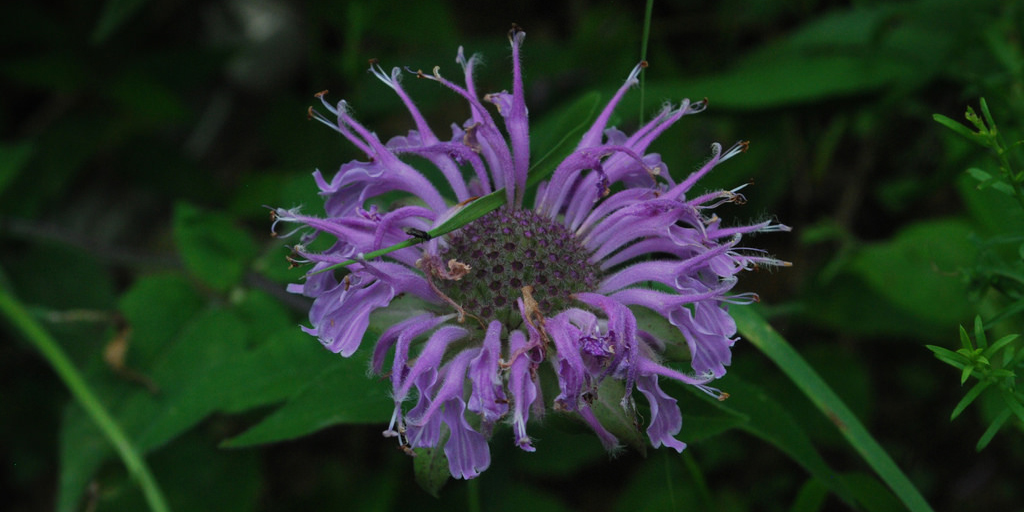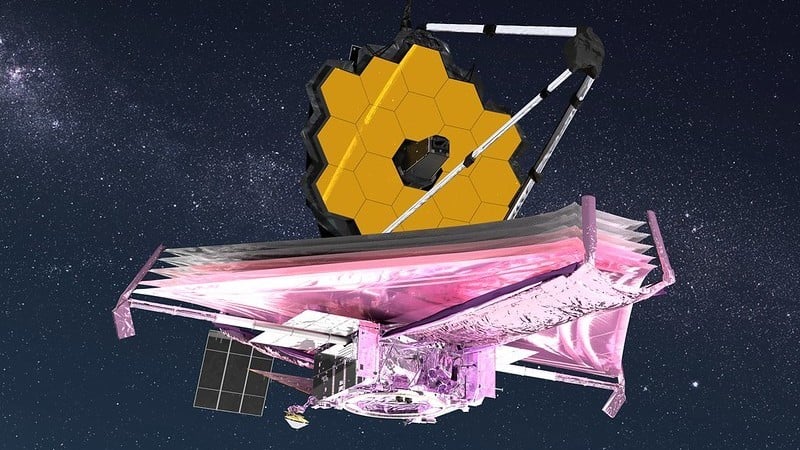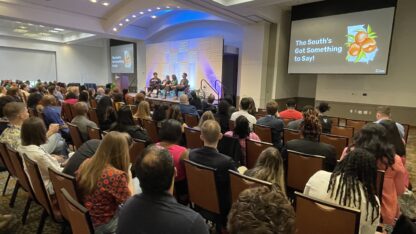Atlanta Group Pushes For A More Pollinator-Friendly City

Joshua Mayer / Flickr.com/8584048@N05
In Atlanta, it’s hard to ignore the mosquitoes and roaches. But there are insects some people would like to see more of: pollinators, like butterflies and bees. The Atlanta Botanical Garden is working with other organizations on the Greater Atlanta Pollinator Partnership to make the city a better place to live for birds, bats, bees and butterflies.
It’s hard out there for pollinators. Pesticides and habitat loss have had a negative effect on many of the insects that move pollen from flower to flower. A couple years ago, the Obama Administration launched the Federal Pollinator Health Task Force, to address some of those issues.
Here in Atlanta, the idea is to create a citywide landscape of pollinator-friendly places.
“Draw a circle around Atlanta with a 25-mile radius,” said Jenny Cruse-Sanders, the vice president of science and conservation at the Atlanta Botanical Garden. “Think about all of the habitats that could be created in that radius.”
The group encourages people and organizations to plant native plants without pesticides. Cruse-Sanders said native trees and shrubs give pollinators homes, and native flowering plants give them food. And she said there are plenty of colorful options, starting with native asters, phlox, cherry trees and hydrangeas.
They hope to create a network of habitats in parks, schoolyards, backyards, planters on porches and medians in the road.
This kind of hyper-local advocacy makes sense, said U.S. Fish and Wildlife Service biologist Tamara Johnson. She said she grew up in the Atlanta area, and learned to care about the environment from people who were working to protect nature nearby.
“How can we tell people to care about random creatures in the middle of a stream 100 miles away from their house, and say, ‘Put your tax dollars towards that,’ if they see the urban streams all around them eroding, or the trees being cut down all around them?” she said. “So this is where it starts.”
Earlier this year, Johnson and Cruse-Sanders both participated in an Atlanta Science Festival event at a park near downtown, where eighth graders learned about native plants and animals. When they got to Johnson’s station, they played an elaborate game of tag.
Some of the students were dubbed monarch butterflies, and had to scamper to home base. The rest, trying to tag the butterflies out, were “predators,” like birds, and also human-made threats to monarchs, like pesticides and roads.
“It’s a visual for the kids to understand why pollinators are dying off and what we’re doing to help them survive,” Johnson said.
So the game of tag is good for the kids, who are getting outside, running around and learning about the world around them.
It’s also potentially good for the monarchs, if some of the students get involved in conservation or go home and plant some native milkweed.
Cruse-Sanders said it’s a way people can help preserve nature at home:
“I’ve heard one scientist talk about, if you want to be a conservationist, and support conserving wildlife, you might not be able to put a buffalo in your backyard, but you could invite a bee.”
9(MDAxODM0MDY4MDEyMTY4NDA3MzI3YjkzMw004))






